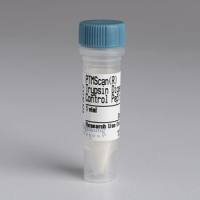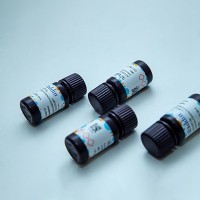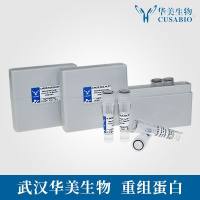Methods for in-depth characterization of transcriptomes and quantification of transcript levels have emerged as valuable tools for understanding cellular physiology and human disease biology, and have begun to be utilized in various clinical diagnostic applications. Today, current methods utilized by the scientific community typically require RNA to be converted to cDNA prior to comprehensive measurements. However, this cDNA conversion process has been shown to introduce many biases and artifacts that interfere with the proper characterization and quantitation of transcripts. We have developed a direct RNA sequencing (DRS) approach, in which, unlike other technologies, RNA is sequenced directly without prior conversion to cDNA. The benefits of DRS include the ability to use minute quantities (e.g. on the order of several femtomoles) of RNA with minimal sample preparation, the ability to analyze short RNAs which pose unique challenges for analysis using cDNA-based approaches, and the ability to perform these analyses in a low-cost and high-throughput manner. Here, we describe the strategies and procedures we employ to prepare various RNA species for analysis with DRS.






